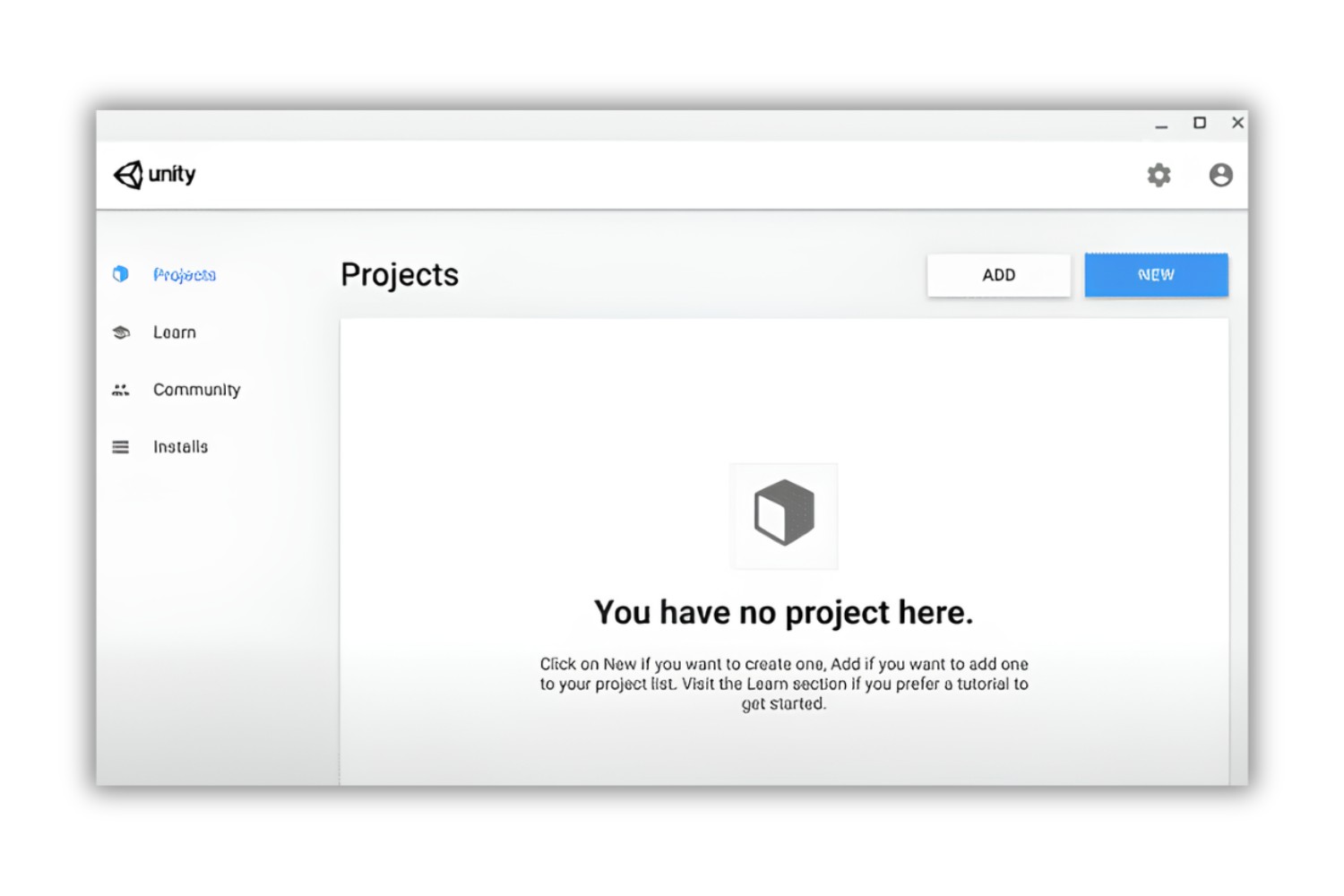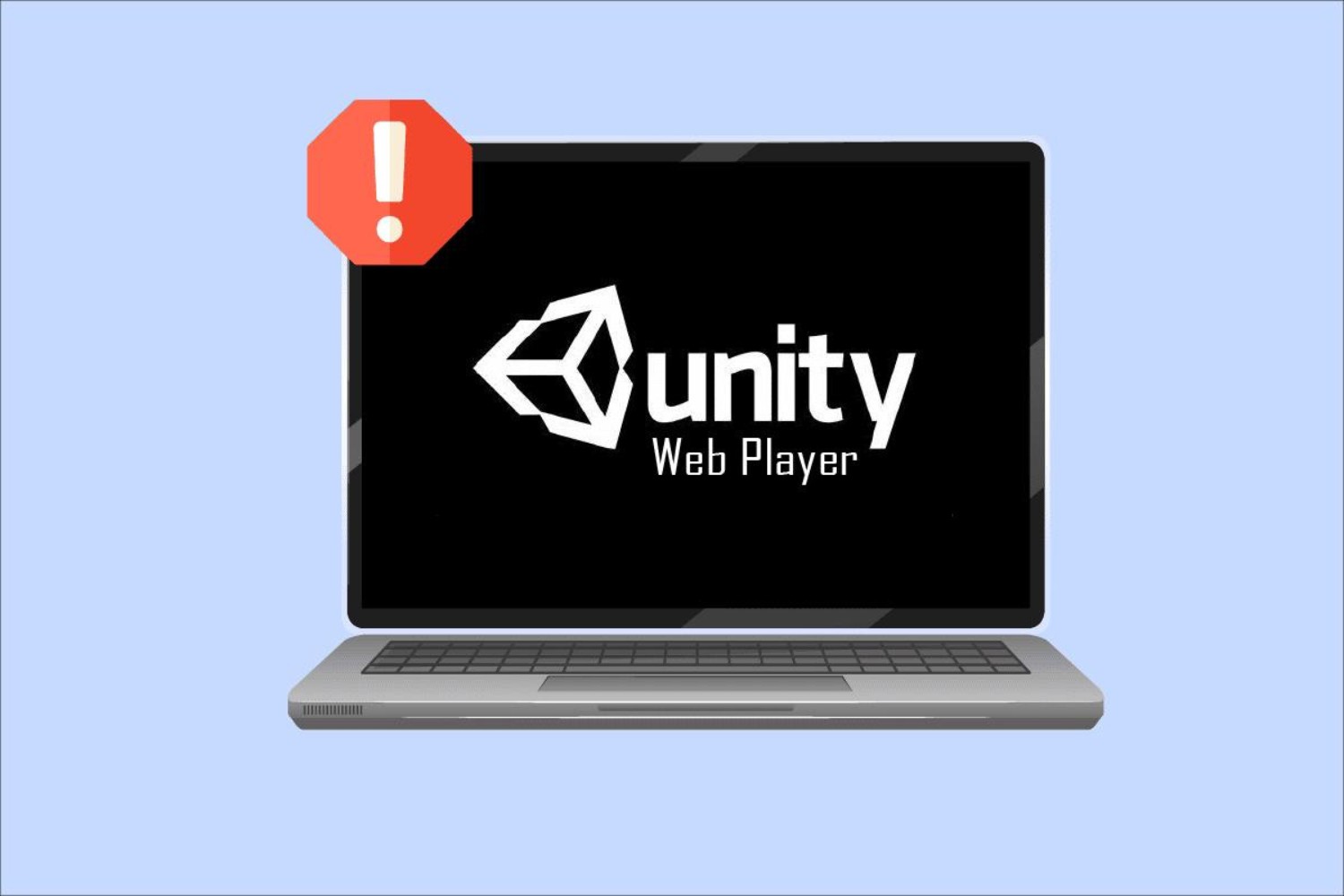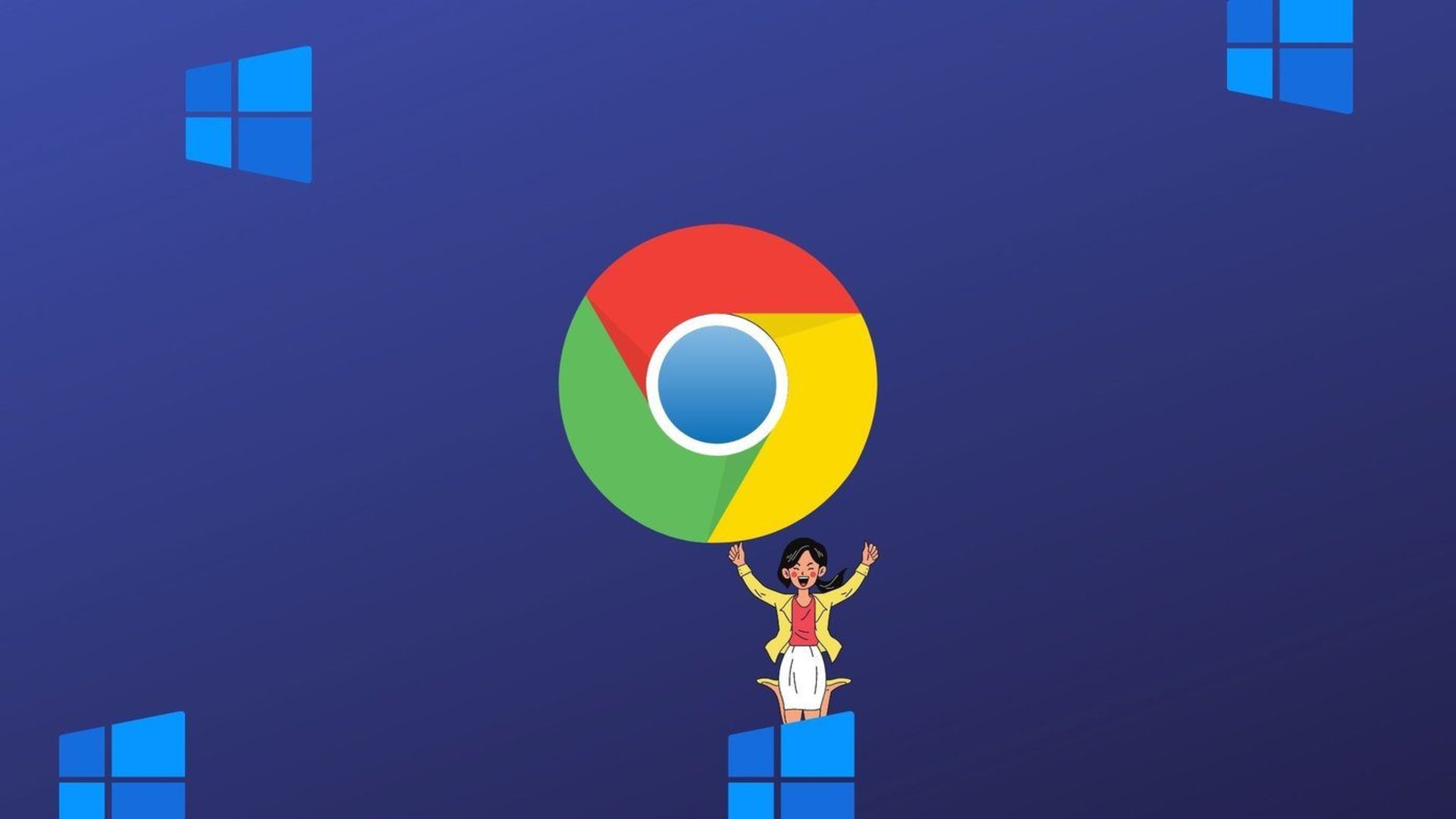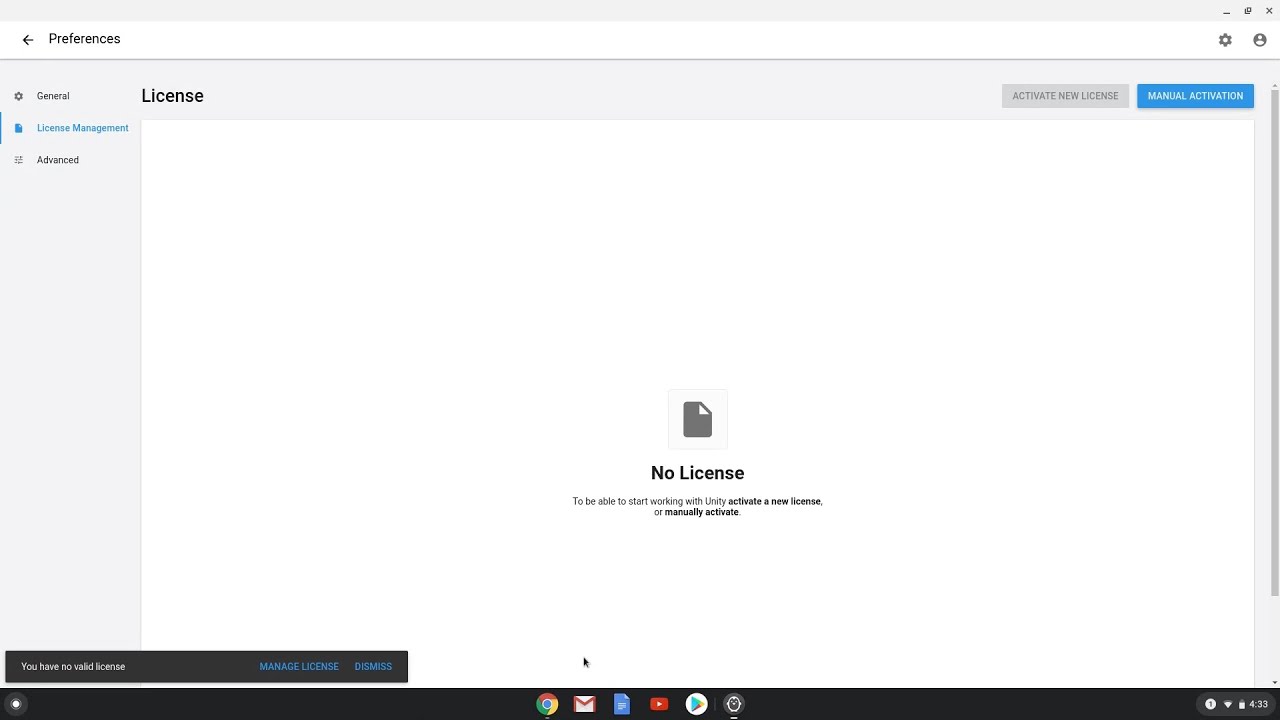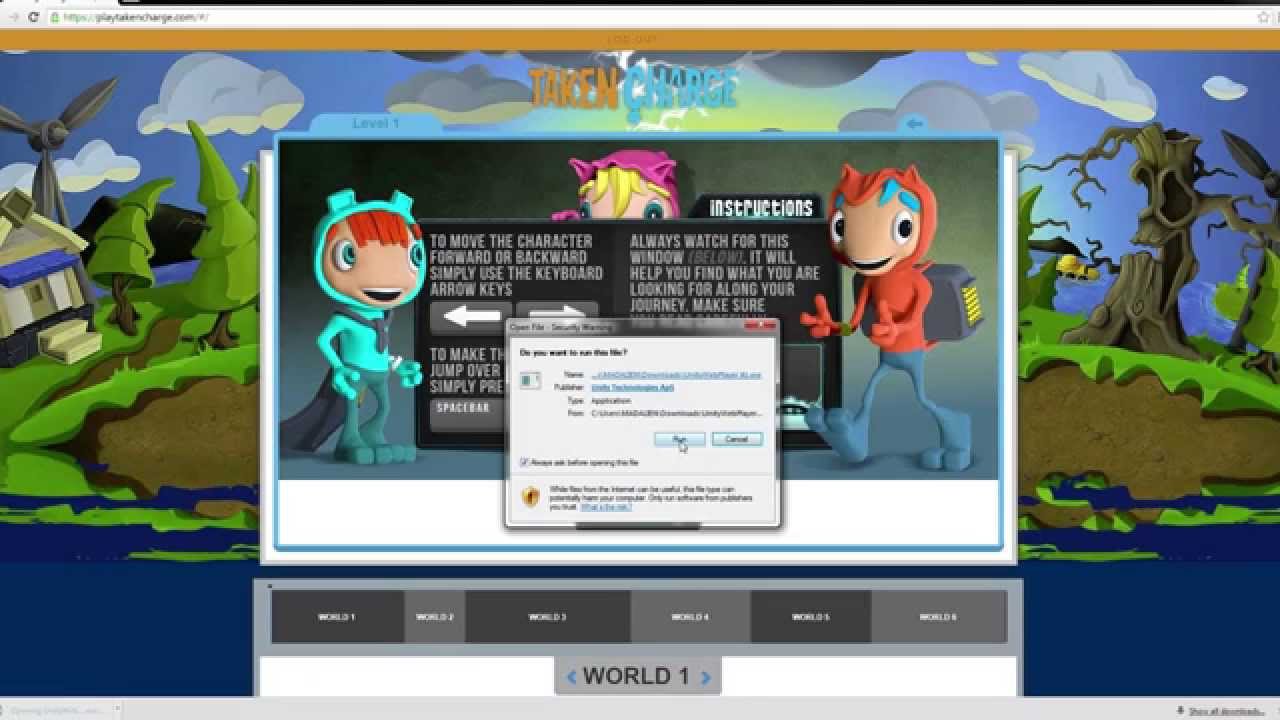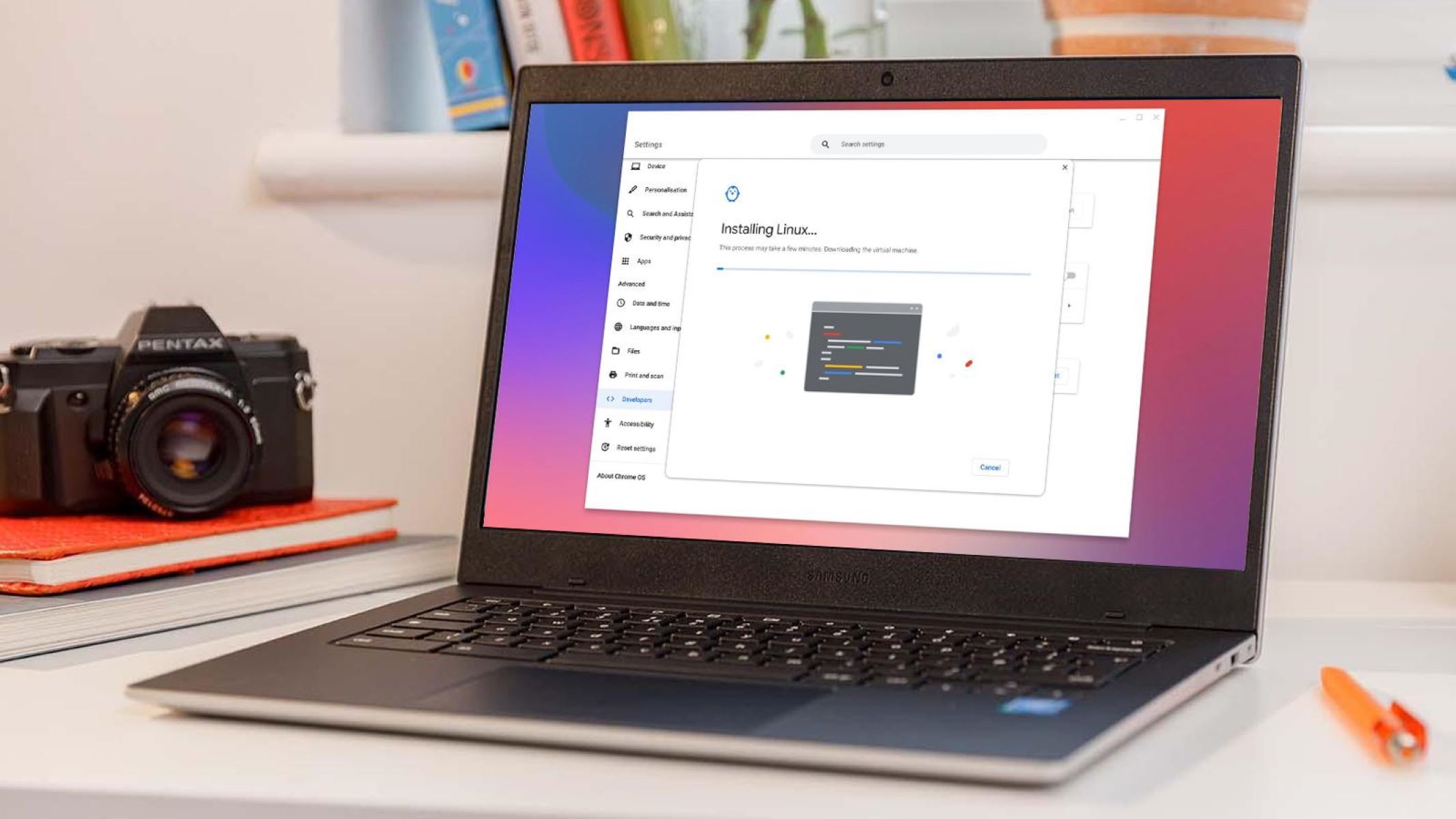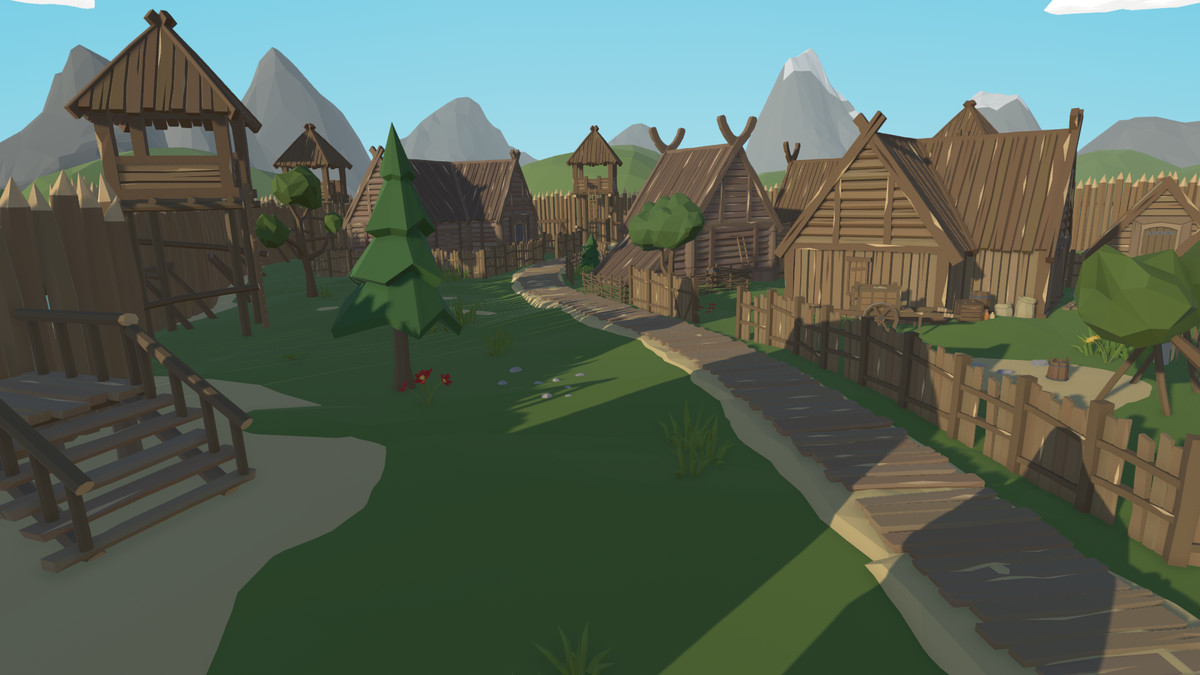Introduction
Unity is a powerful and versatile platform for creating and deploying interactive 3D and 2D content. It is widely used in the gaming industry, as well as in various other fields such as architecture, engineering, and simulation. With its robust features and flexibility, Unity has become a go-to tool for developers and creators looking to build immersive experiences.
In the past, using Unity within a web browser like Chrome required additional setup and configuration. However, with advancements in web technologies, it is now possible to seamlessly integrate Unity content into Chrome, allowing users to experience interactive 3D and 2D applications directly within their browser.
This integration opens up a world of possibilities for both developers and users. Developers can now reach a broader audience by delivering their Unity-based content through the web, while users can enjoy engaging experiences without the need for standalone applications or plugins.
In this article, we will explore the process of installing and enabling Unity in Chrome, as well as how to effectively utilize Unity content within the browser. Additionally, we will address common troubleshooting issues that may arise when working with Unity in Chrome, ensuring a smooth and seamless experience for all users.
Whether you are a developer looking to distribute your Unity projects online or a user eager to explore interactive web content, understanding how to use Unity in Chrome can unlock a wealth of creative and entertainment possibilities. Let's dive into the steps and techniques that will empower you to harness the full potential of Unity within the Chrome browser.
Installing Unity in Chrome
To begin the journey of using Unity in Chrome, the first step is to ensure that the necessary components are in place. This involves installing the appropriate version of Unity that is compatible with web deployment. Unity offers a streamlined solution for exporting projects to the web, allowing developers to create content that can be seamlessly integrated into web browsers like Chrome.
When installing Unity, it is essential to select the WebGL build target, which is specifically designed for web deployment. This build target ensures that the Unity content can be efficiently delivered and experienced within a web browser environment. By choosing the WebGL build target during installation, developers can optimize their Unity projects for online distribution, paving the way for a smooth and immersive web-based experience.
Furthermore, developers should pay attention to the version compatibility between Unity and the target web browser, in this case, Chrome. Ensuring that the Unity version aligns with the requirements and capabilities of Chrome is crucial for seamless integration and optimal performance. By staying mindful of version compatibility, developers can leverage the latest features and enhancements offered by both Unity and Chrome, delivering cutting-edge web-based experiences to users.
In addition to installing Unity with the appropriate build target and version compatibility, developers should also consider the specific requirements and best practices for web deployment. This may involve optimizing assets, implementing efficient coding practices, and testing the Unity project within the Chrome browser to ensure a cohesive and engaging user experience.
By following these steps and considerations during the installation process, developers can lay a solid foundation for integrating Unity content into Chrome, setting the stage for captivating and interactive web-based experiences that push the boundaries of creativity and innovation.
Enabling Unity in Chrome
Enabling Unity in Chrome involves configuring the browser to support and run Unity content seamlessly. As web technologies continue to evolve, the integration of Unity into Chrome has become more streamlined, offering users the opportunity to engage with interactive 3D and 2D experiences directly within their browser window.
One of the key aspects of enabling Unity in Chrome is to ensure that the browser supports the necessary web standards and technologies required for running Unity content. This includes leveraging WebGL, a powerful JavaScript API that enables high-performance 3D graphics within compatible web browsers. By enabling WebGL support in Chrome, users can unlock the full potential of Unity-based web content, immersing themselves in visually stunning and interactive experiences without the need for additional plugins or applications.
In addition to WebGL support, enabling Unity in Chrome may also involve adjusting browser settings to allow for the smooth execution of Unity content. This can include enabling hardware acceleration, which leverages the computational power of the user's device to enhance the rendering and performance of Unity-based web applications. By enabling hardware acceleration in Chrome, users can experience Unity content with improved visual fidelity and responsiveness, elevating the overall quality of their web-based interactions.
Furthermore, ensuring that the Chrome browser is up to date is essential for enabling Unity content. Keeping Chrome updated to the latest version not only provides users with the latest security patches and performance improvements but also ensures compatibility with the latest web technologies and standards, including those utilized by Unity-based web applications. By staying current with Chrome updates, users can enjoy a seamless and optimized experience when engaging with Unity content in their browser.
Moreover, enabling Unity in Chrome may involve granting necessary permissions for web applications to access hardware resources, such as the GPU and audio devices. By allowing Unity-based web content to utilize these resources, users can fully immerse themselves in rich and dynamic experiences, from visually stunning 3D environments to interactive audio elements, all seamlessly integrated within the Chrome browser.
By following these steps and considerations, users can effectively enable Unity in Chrome, unlocking a world of captivating and interactive web-based experiences that push the boundaries of creativity and engagement. With the seamless integration of Unity content into Chrome, users can explore a diverse range of web applications and games, all powered by the immersive capabilities of Unity and the accessibility of the Chrome browser.
Using Unity in Chrome
Using Unity in Chrome opens up a realm of possibilities for both developers and users, offering a seamless and immersive experience within the familiar environment of a web browser. Once Unity is installed and enabled in Chrome, users can dive into a diverse array of interactive 3D and 2D content, ranging from captivating games to engaging educational simulations.
Upon encountering a web page featuring Unity content, users can simply interact with the embedded Unity application directly within the Chrome browser window. This streamlined experience eliminates the need for separate installations or plugins, allowing users to seamlessly engage with Unity-based web applications without any additional hassle.
Navigating Unity content within Chrome is intuitive and user-friendly, providing a responsive and dynamic experience. Whether exploring a virtual environment, interacting with 3D models, or playing a web-based game, users can leverage familiar browser controls to navigate and interact with Unity content. This seamless integration ensures that users can fully immerse themselves in the captivating experiences crafted by Unity developers, all within the convenience of the Chrome browser.
Furthermore, the accessibility of Unity in Chrome extends to a wide range of devices, including desktops, laptops, and even mobile devices. This flexibility enables users to enjoy Unity content on various platforms, allowing for a consistent and engaging experience regardless of the device being used. Whether at home, in the office, or on the go, users can seamlessly access and interact with Unity content within the Chrome browser, unlocking a world of creativity and entertainment at their fingertips.
Moreover, the integration of Unity in Chrome empowers developers to reach a broader audience, as their web-based Unity projects can be easily accessed and experienced by users across different devices and platforms. This accessibility fosters a vibrant ecosystem of web-based Unity content, ranging from educational applications to visually stunning interactive experiences, all readily available within the Chrome browser.
In essence, using Unity in Chrome transcends traditional boundaries, offering users a seamless and captivating experience within the web browser environment. With the power of Unity at their fingertips, users can explore, learn, and play within a rich and dynamic web-based landscape, all made possible by the seamless integration of Unity content into the Chrome browser.
Troubleshooting Unity in Chrome
When working with Unity in Chrome, users and developers may encounter occasional challenges that require troubleshooting to ensure a seamless experience. By addressing common issues and implementing effective solutions, users can overcome potential obstacles and continue to engage with Unity content within the Chrome browser.
One common troubleshooting scenario involves encountering performance issues when running Unity content in Chrome. This can manifest as laggy or choppy visuals, unresponsive interactions, or excessive resource consumption. To address performance issues, users can first ensure that their Chrome browser is up to date, as newer versions often include optimizations and improvements that enhance the execution of web-based Unity applications. Additionally, users can consider closing unnecessary tabs or applications running in the background to free up system resources, potentially alleviating performance bottlenecks.
Another common challenge is related to compatibility issues between Unity content and specific Chrome browser settings or extensions. In such cases, users can experiment with temporarily disabling browser extensions or adjusting settings that may conflict with the execution of Unity applications. By isolating potential sources of conflict, users can identify and resolve compatibility issues, allowing Unity content to run smoothly within Chrome.
Furthermore, network-related issues can impact the loading and performance of Unity content in Chrome. Slow or unstable internet connections may lead to extended loading times or intermittent connectivity issues when accessing web-based Unity applications. Users can troubleshoot network-related issues by verifying their internet connection stability, switching to a different network if available, or contacting their internet service provider to address any underlying connectivity issues.
Additionally, users may encounter instances where Unity content fails to load or display properly within the Chrome browser. This can be attributed to various factors, including incomplete asset loading, scripting errors, or browser caching issues. To troubleshoot these issues, users can attempt to clear their browser cache, reload the web page containing the Unity content, or try accessing the content in an incognito or private browsing window to rule out potential caching issues.
By addressing these common troubleshooting scenarios and implementing effective solutions, users can navigate and resolve challenges related to using Unity in Chrome, ensuring a smooth and immersive experience when engaging with web-based Unity applications. Through proactive troubleshooting and problem-solving, users can continue to explore and enjoy the diverse array of Unity content seamlessly integrated within the Chrome browser.







